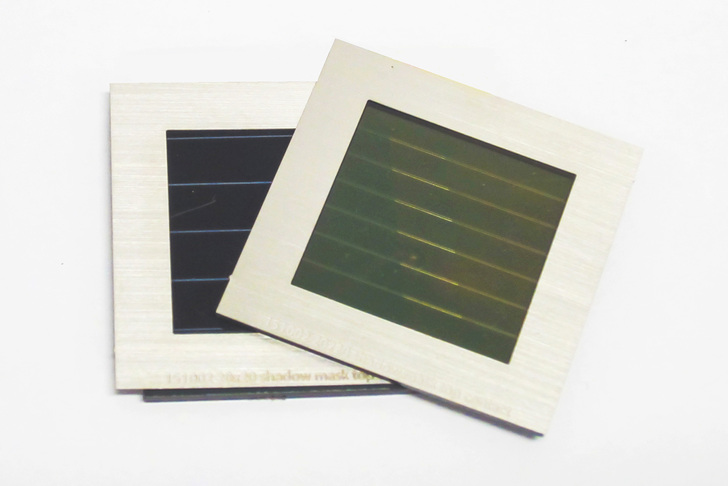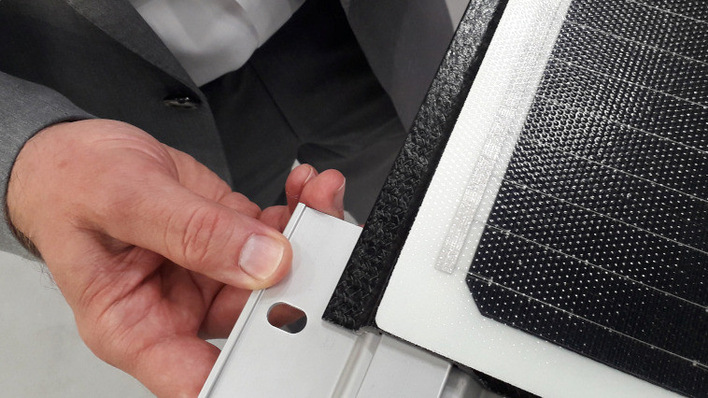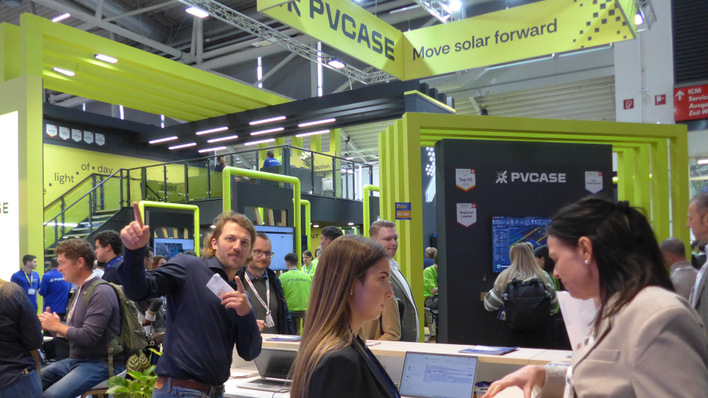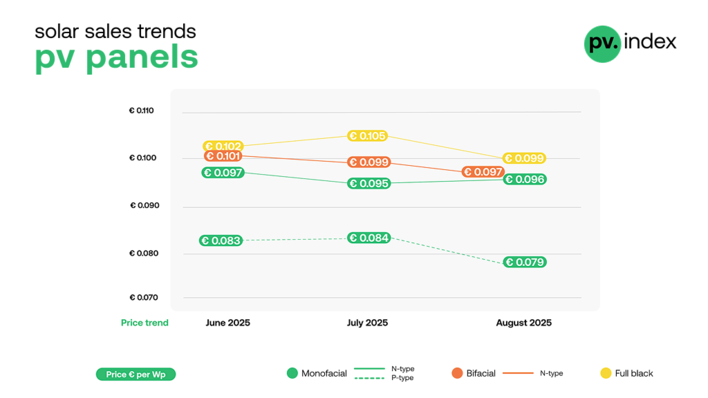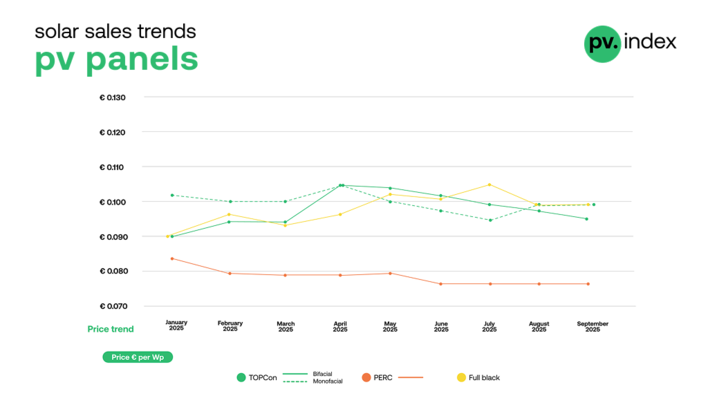The stacked module implements a fully scalable device concept. Both the perovskite top module and the CIGS bottom module feature a monolithic interconnection scheme, using seven and four module cell stripes respectively. The result is a reduction of area loss of less than eight percent for both technologies. This achievement was possible through the close cooperation of scientists from imec, Karlsruhe Institute of Technology (KIT), and Zentrum für Sonnenenergie- und Wasserstoff-Forschung Baden-Württemberg (Centre for Solar Energy and Hydrogen Research, ZSW).
2.5 percent higher efficiency than separate modules
The consortium’s process for creating this efficient perovskite/CIGS multi-junction solar module relies upon efficient exploitation of the solar spectrum. The higher energy part of the spectrum is harvested in the semitransparent perovskite module on top, while the light with lower energy passes and is harvested in the bottom CIGS cell. As a result, the prototype shows an unprecedented power conversion of 17.8 percent, which outperforms the world-record upscaled perovskite module of 15.3 percent efficiency presented by imec, and also the highly-efficient stand-alone upscaled CIGS module of ZSW with efficiencies nearing 15.7 percent.
Goal of more than 25 percent efficiency
“This result was achieved through close and intricate collaboration leveraging the expertise of the three partners. Imec’s expertise in perovskite technology was underscored by the use of a perovskite top module in these stacked solar modules,” stated Dr. Tom Aernouts, head of thin-film PV research at imec. According to Dr. Ulrich Paetzold, head of the research group at KIT, this result is just a starting point, with more exciting results to come in the next years such as perovskite/CIGS multi-junction solar modules surpassing efficiencies of 25 percent. The Helmholtz Young Investigator group of Dr. Paetzold is focusing on the optics in multi-junction perovskite solar modules and will develop further specialized nanophotonic materials for these devices.
Combining the advantages of two thin-film technologies
Finally, ZSW contributed with its world class expertise in CIGS solar modules. ZSW holds the current world record for CIGS solar cells at 22.6 percent. Prof. Dr. Michael Powalla, member of the board and head of the Photovoltaics Division at ZSW, points out: “This success is an elegant way of combining the advantages of two highly advanced thin-film technologies. It will contribute greatly to ever more cost-efficient solar power for the customer.” (HCN)
Related news:


